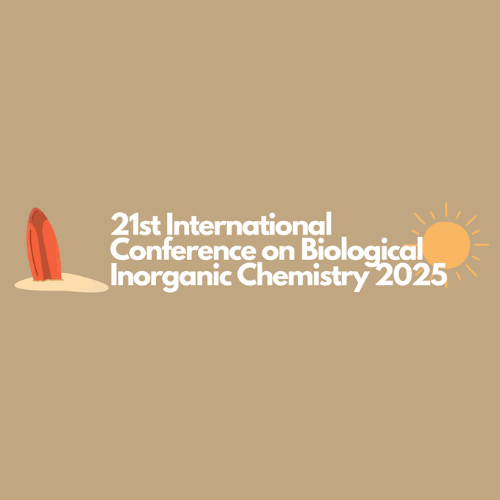Potent photocytotoxicity of ternary thiosemicarbazone complexes of oxovanadium(IV) and copper(II) towards cancer cells (#234)
There is considerable interest in thiosemicarbazone ligands due to their strong affinity for a diverse range of metal ions1 and their coordination versatility deriving from their propensity to undergo base-/metal-assisted tautomerization. Moreover, their inherent multifarious pharmacological behavior is enhanced upon complexation with bioactive transition-metal ions. In this research endeavor, ternary thiosemicarbazone complexes of oxovanadium(IV) and copper(II) with the bidentate heterocyclic co-ligands 1,10-phenanthroline (phen) and 2,2´-bipyridine (bipy) (or their derivatives) were designed, synthesized and characterized by a wide range of physicochemical techniques. Crystallographically elucidated ternary thiosemicarbazate oxovanadium(IV) complexes2–4 are very rare indeed; herein we present single-crystal X-ray structures of the corresponding oxovanadium(IV) thiosemicarbazone complexes hitherto nonexistent. These oxovanadium(IV) complexes and their copper(II)5 counterparts have been investigated for antiproliferative activity in HeLa and MCF-7 cancer cell lines in the presence and absence of visible electromagnetic radiation. Moreover, in some cases, selectivity involving the MCF-10 normal cancer cells has been investigated with fascinating findings.
- Lobana, T. S. et al., Coord. Chem. Rev. 2009, 253, 977–1055.
- Koo, B. K. et al., Bull. Korean Chem. Soc. 2005, 26, 72–76.
- Chakravarty, A. R. et al., J. Inorg. Biochem. 2008, 102, 1463–1472.
- Chaudhury, M. et al., Polyhedron 1997, 16, 1863–1871.
- Al Salmi, I. K. & Shongwe., M. S., Molecules, 2024, 29, 431.
 ICBIC 2025
ICBIC 2025